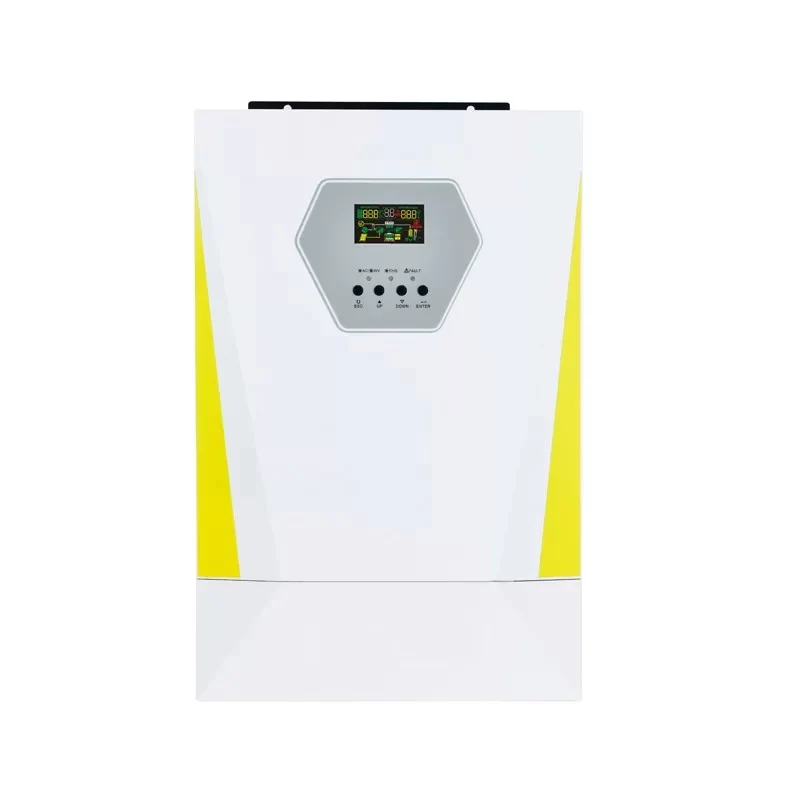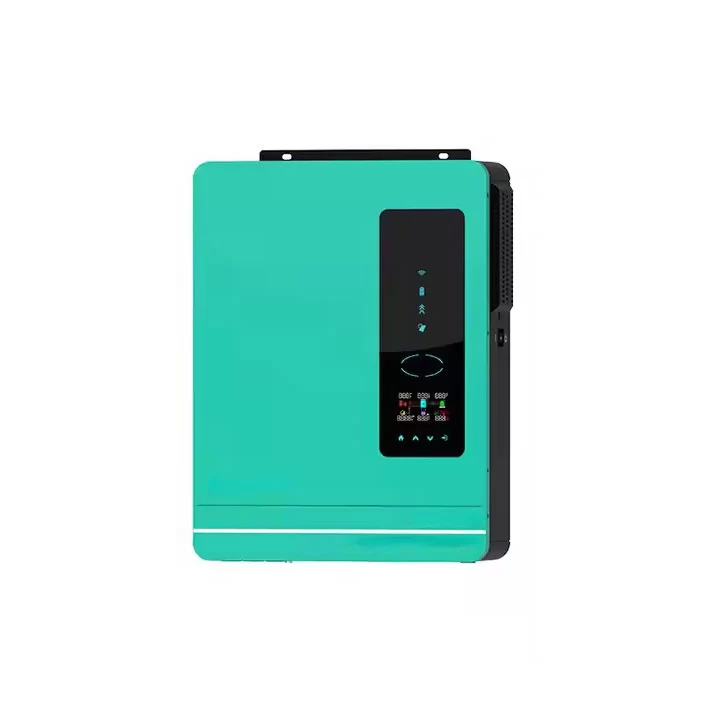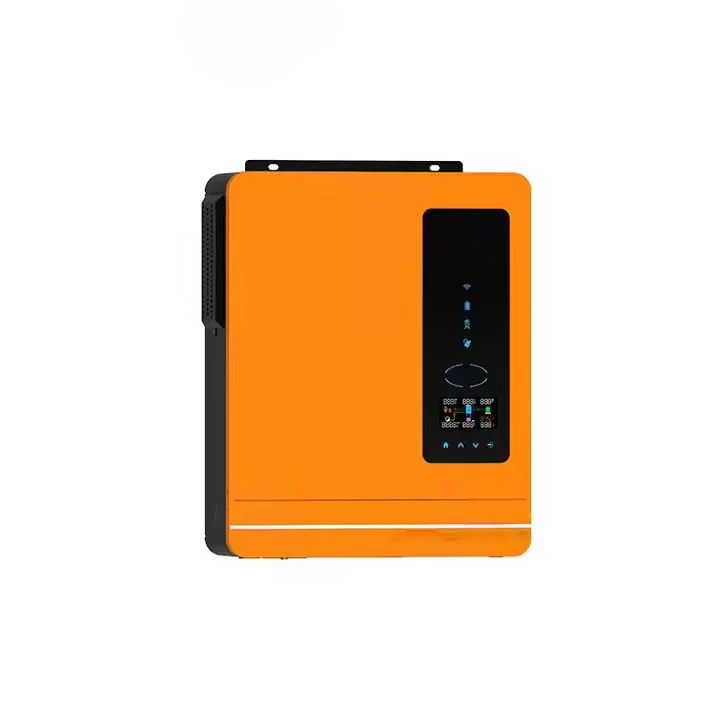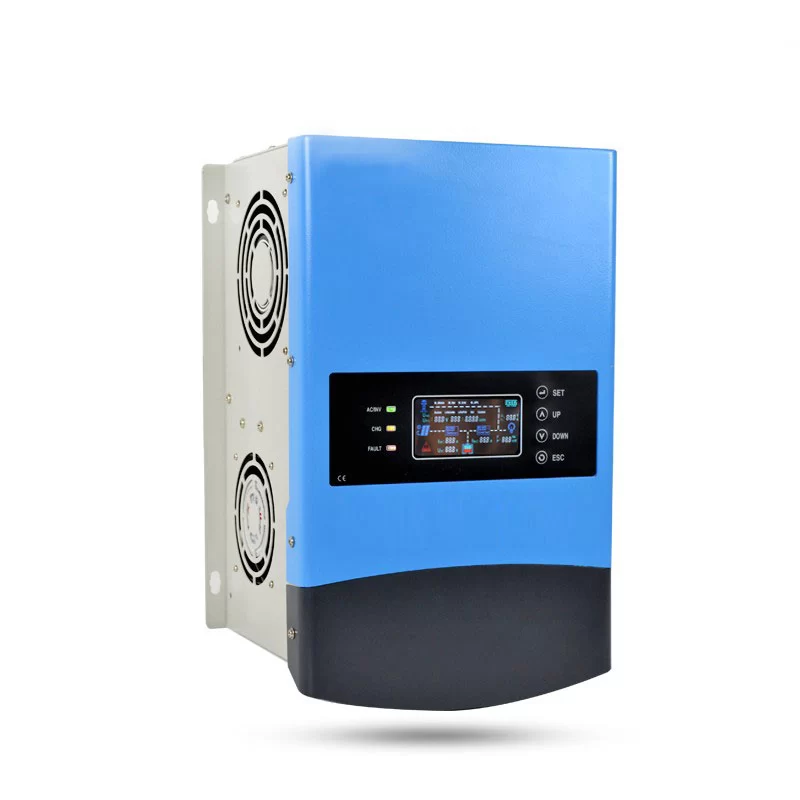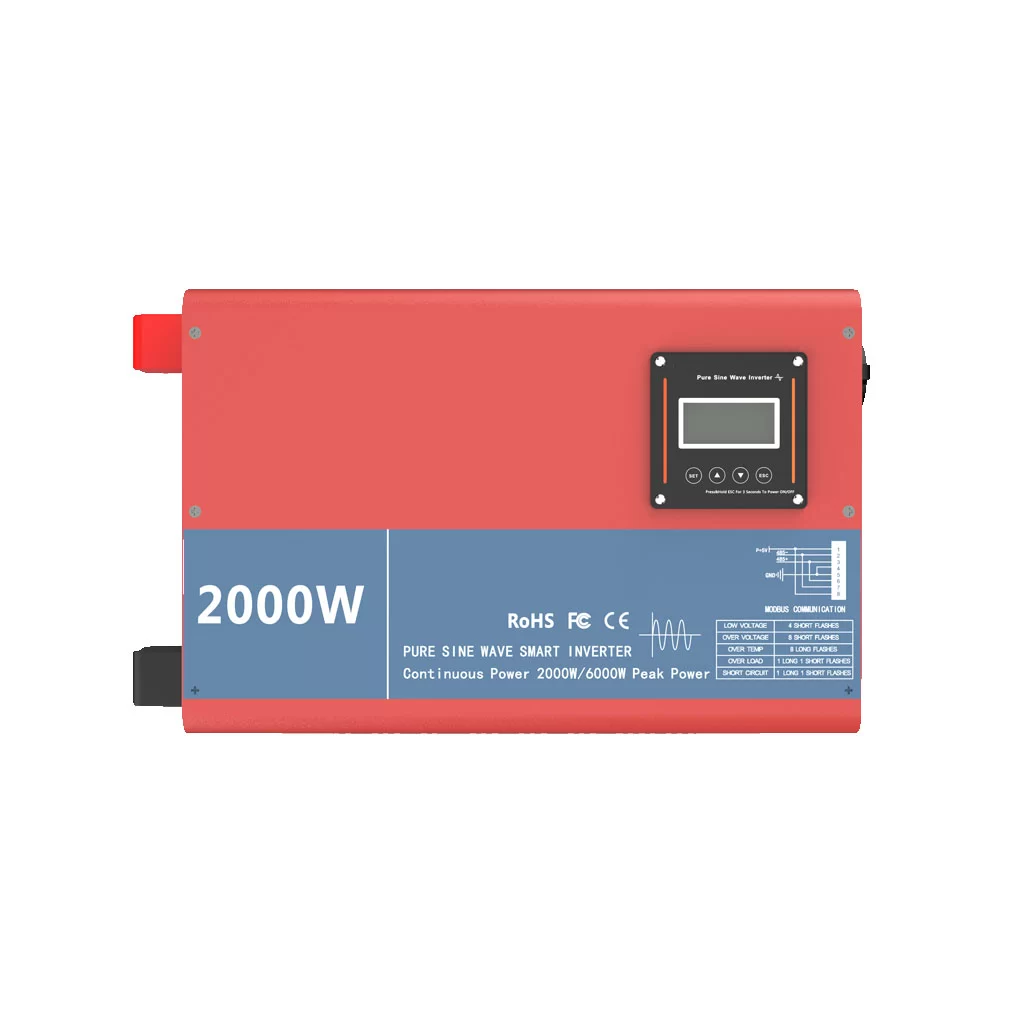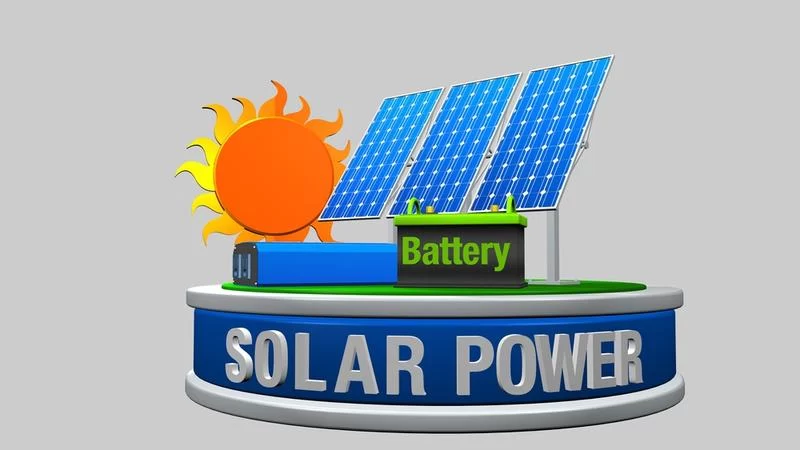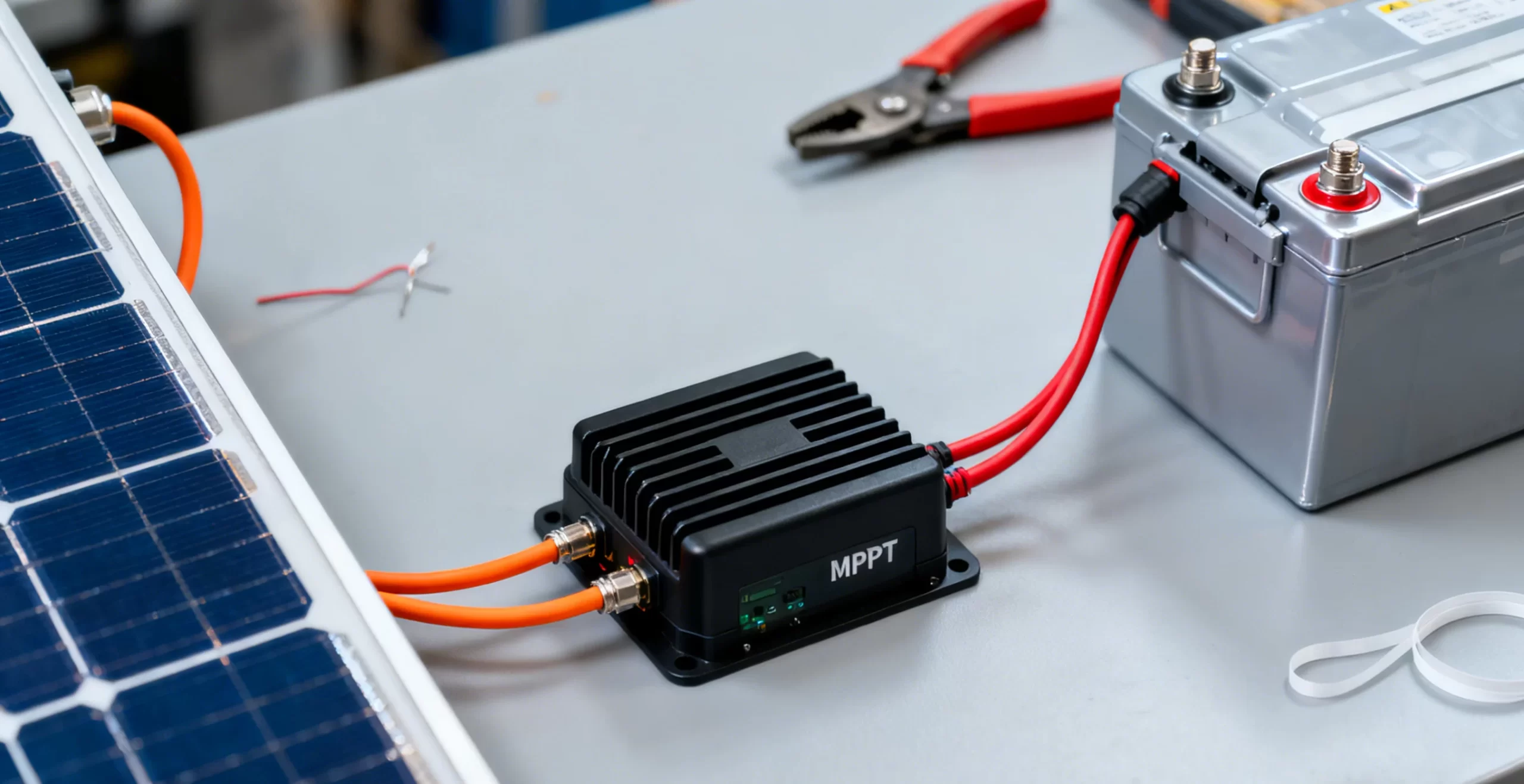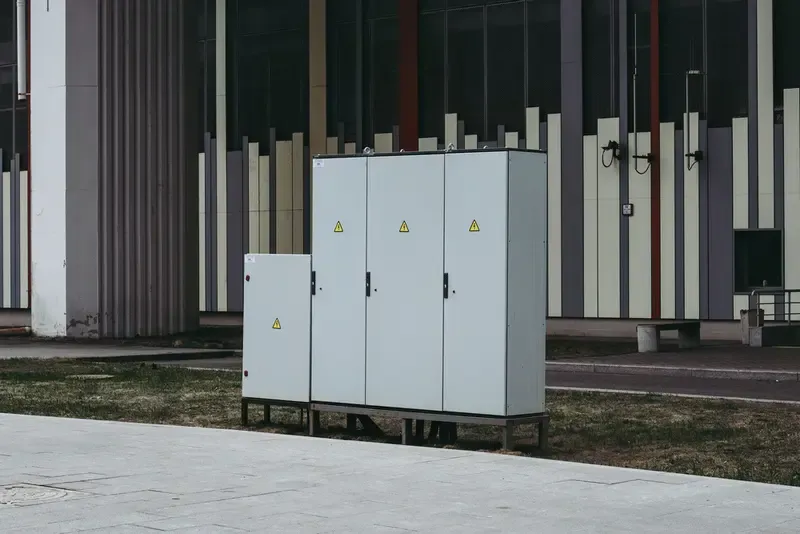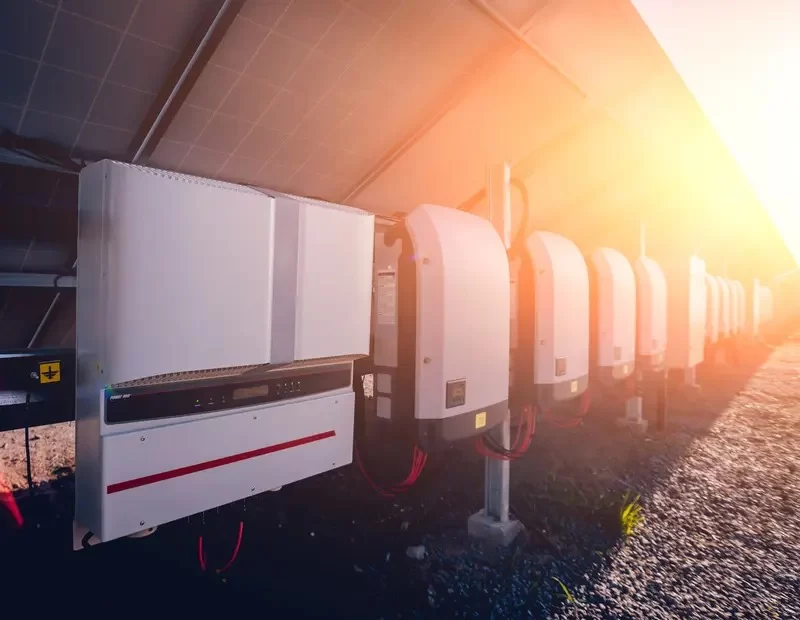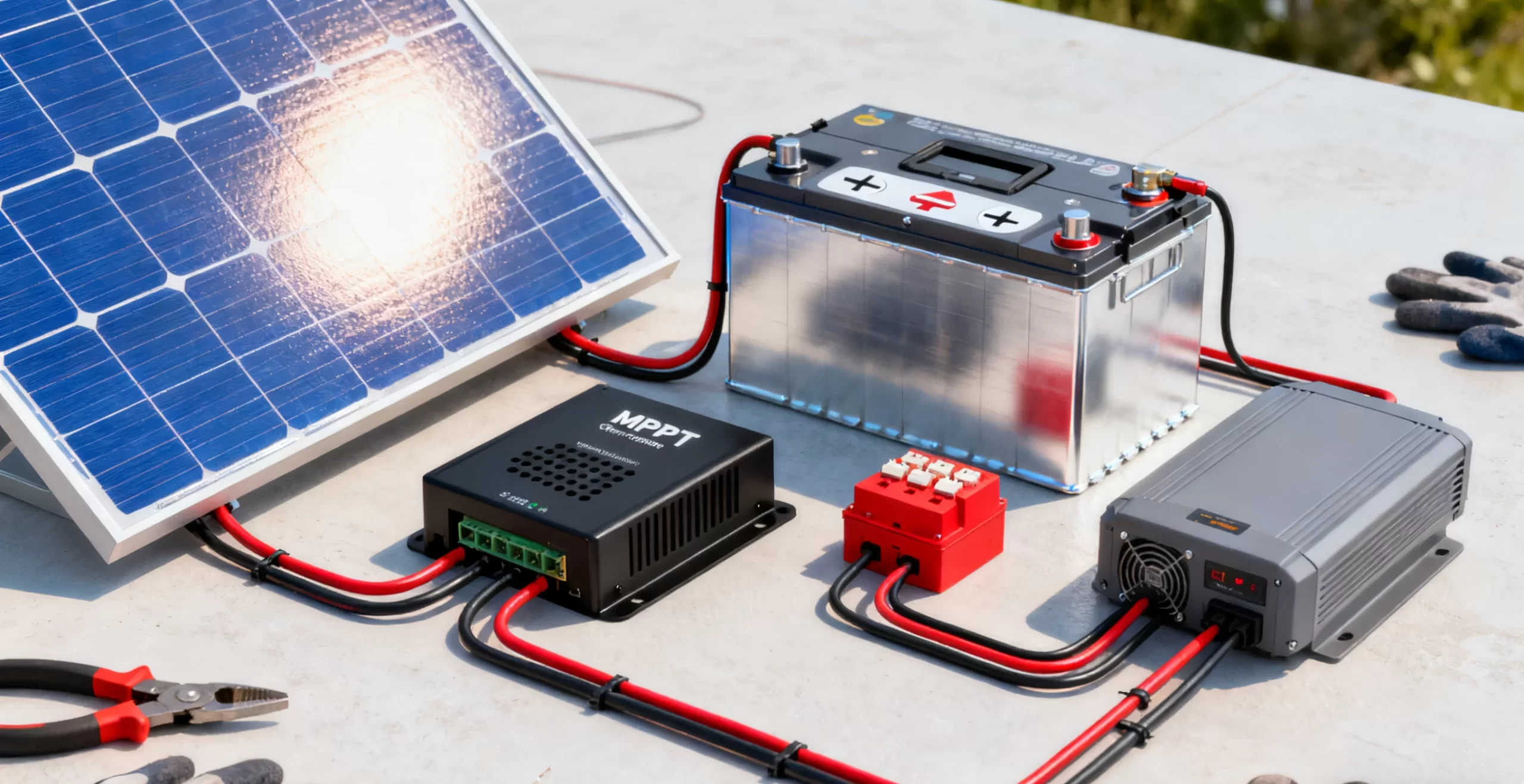- tel:+86-13651638099
- Email: [email protected]
- Official website: www.hj-net.com
- Address: 333 Fengcun Road, Fengxian District, Shanghai
Get A Quote Now!
Revolutionizing Energy Storage with Solar Battery Solutions
The application of solar batteries in energy storage is primarily realized through photovoltaic (PV) storage systems. These systems store the electricity generated by solar panels and release it when needed. This article explores how solar battery solutions can transform energy storage, highlighting the key components and benefits of these systems.
Components of Photovoltaic Storage Systems
A typical PV storage system consists of solar panels, inverters, charge controllers, and battery banks. These components work together to ensure efficient electricity generation and storage. Solar panels convert sunlight into direct current (DC) electricity, which is then converted into alternating current (AC) by inverters for use in homes or businesses, or stored directly in batteries for later use. The charge controller regulates the flow of electricity into the batteries, ensuring they are charged safely and efficiently.
Efficiency and Reduced Dependence on Fossil Fuels
One of the main advantages of solar battery solutions is the increased efficiency of energy utilization and the reduction of reliance on traditional fossil fuels. Solar panels generate electricity during sunny periods, and any excess energy is stored in batteries. This stored energy can then be used during cloudy periods or at night, ensuring a continuous power supply. This process not only enhances energy efficiency but also contributes to a cleaner environment by reducing greenhouse gas emissions.
Commercial and Residential Applications
Commercial solar battery storage systems can store excess energy produced during peak production times, making it available during high-demand periods or when solar generation is low. This reduces dependence on the grid and lowers electricity costs. Residential solar battery storage systems offer energy independence, reducing reliance on the grid and providing backup power during outages. For homeowners, this means a more reliable and sustainable energy source.
Advanced Solar Batteries
Innovative solar batteries, such as Heterojunction with Intrinsic Thin-layer (HJT) cells and Perovskite tandem cells, offer higher photoelectric conversion efficiency and better temperature coefficients. These advanced technologies enhance the stability and efficiency of long-term operations. Additionally, technologies like Cat-CVD (Catalytic Chemical Vapor Deposition) are gaining attention for their ability to produce high-purity thin films efficiently, further improving solar cell performance.
Cutting-edge Storage Solutions
Modern storage solutions, such as lithium-ion solar systems, boast exceptional efficiency and reliability. These systems effectively store solar energy, providing stable and clean power for various applications. For example, Tesla’s Powerwall system enhances household energy independence by storing solar energy and offering backup power during outages. This innovation underscores the potential of solar battery solutions to transform energy storage.
Future Prospects and Technological Advances
With increased investment in research and development, and continuous technological advancements, new solar batteries and storage systems are expected to become even more efficient and cost-effective. This progress will support the global expansion of renewable energy, reduce carbon emissions, and promote the energy transition.
Conclusion
By adopting advanced solar battery technologies and PV storage systems, we can significantly change the way we store energy, enhance energy utilization efficiency, and reduce dependence on traditional energy sources. These advancements lay a solid foundation for achieving green energy goals, promoting a sustainable future.

